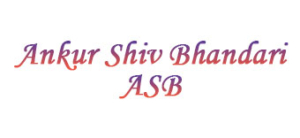Why are we not Content with all this Content In our Lives? (2)
We live in an age of breathtaking abundance.
More knowledge at our fingertips than any generation before.
More possessions in our homes than we can use.
More digital content to consume than we can ever process.
And yet, many of us feel a persistent restlessness.
Despite being surrounded by content, we are often not content.
The last few decades taught us: More is better.
- More books, podcasts, articles, reels to make us smarter.
- More gadgets, clothes, and possessions to make us happier.
- More experiences and options to make us fulfilled.
But somewhere along the way, more stopped adding and started overwhelming.
Instead of creating peace, it created pressure.
Instead of deepening satisfaction, it diluted meaning.
The real issue isn’t lack of input. It’s lack of intent.
We consume content endlessly, but rarely pause to ask:
- Why am I reading this?
- How does this help me?
- What will I do differently?
Without intent, content becomes clutter ; both in our minds and in our lives.
The same applies to our possessions. The more we accumulate, the more we manage, the less we enjoy.
Accumulation is not the same as fulfillment.
In my work and life, my humble observations:
- Progress comes not from collecting more, but mastering a few.
- Insight comes not from reading more, but reflecting more.
- Satisfaction comes not from acquiring more, but using what matters well.
When intent leads, content supports. When content leads, intent gets buried.
Perhaps true contentment comes not from abundance, but from alignment.
When what we know, own, and pursue aligns with who we are and what we value , that’s when content becomes contentment.

